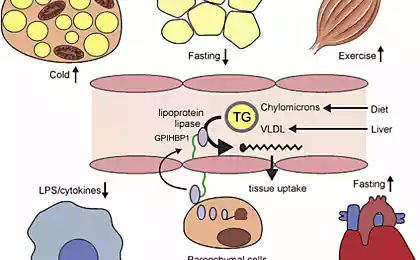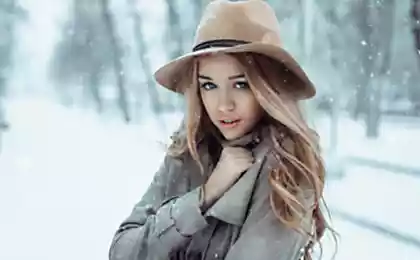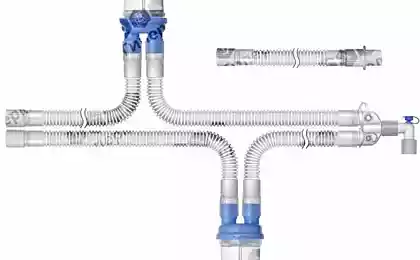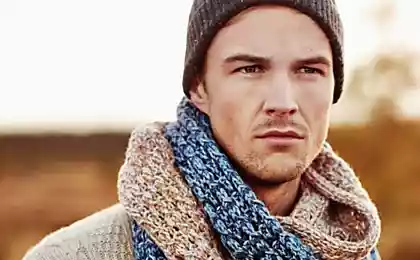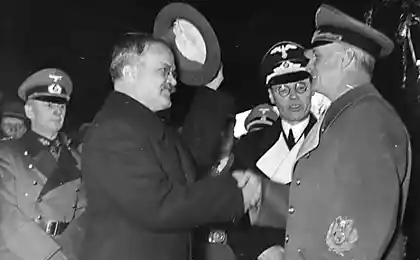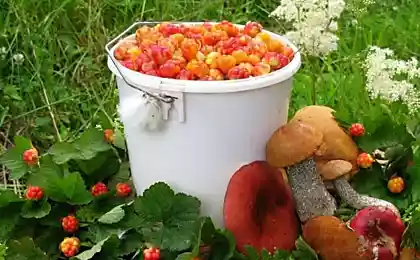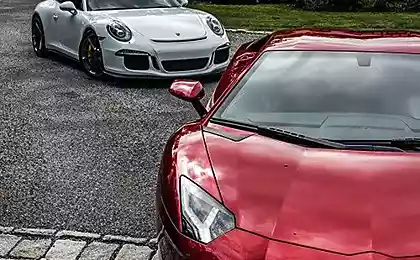3100
Mogotex-South sale of fabric wholesale and retail
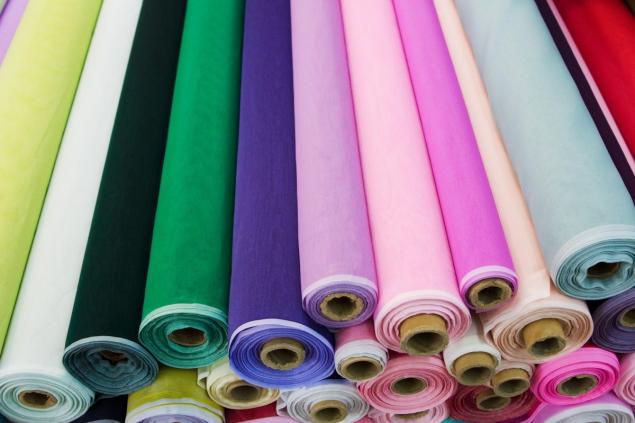
It is impossible to answer the question of which fabric is good and which is bad: all materials have drawbacks due, in particular, to the conditions of production. If you still have to choose between different types of tissue, the following criteria can help you make the right decision.
So, preference should be given to:
• Natural materials instead of synthetics
Synthetic fabrics are made from petroleum, which is unethical. However, natural materials are not always harmless to the environment.
• Organic cotton instead of regular cotton
Organic farming does not use artificial fertilizers and chemical pesticides.
• Pure material instead of mixed
Pure material, that is, having only one component, easier to handle and less wear.
• Reconstituted polyester instead of primary production polyester
Polyester is made from petroleum, which already makes this material unethical from an environmental point of view, but secondary production still allows you to save energy resources.
• A complete rejection of acrylic.
Acrylic refers to synthetic materials. Its production is more complex than polyester production and involves the use of more solvents and chemicals.
• Reconstituted or organic wool instead of primary production wool
Wool labeled as organic is a product of organic livestock.
• Lyocella/Tensel instead of viscose
Lyocell and tensel are different names for the same natural material. Unlike viscose, this fabric is made using organic chemicals in a closed system.
Clothing of walls
The technology of wall covering with fabric resembles the method of wallpaper pasting. The main difference is that the fabric must first be stitched with a double seam, and then rolled up, as well as seamless wallpaper. Let’s take a closer look at how to properly cover the walls with fabric.
First, you need to check the shrinkage of the fabric when wet. It should be soaked with water or glue, and then see how dry it is. If the fabric "passed" shrinkage, then you can proceed to leveling and putty walls. To do this, you need to get rid of all protruding elements, wiring and door blocks. After that, it is necessary to prepare the fabric, namely, cut into pieces and sew into a single canvas. Then you have to roll everything in one roll. Start fixing the fabric should be from the corner of the room. First, glue must be applied to the surface of the wall.
Next, you need to apply a fabric to the wall and stretch it. The next step will be to fasten the fabric with the help of slats. Reiki should be placed near the floor and ceiling. Nails should be driven into the racks every 10 centimeters. In the event that the fabric is too seated, then it is necessary to use stronger slats and drive nails more often. To level the canvas should be with a rubber roller. After that, using the above technique, it is necessary to paste the entire room in a circle. The result is only one joint. The seam itself needs to be fixed with a bar.
Then you need to cut into the fabric the opening for windows, outlets and doors. But this should be done with some reserve for wrapping fabric under decorative elements. After the canvas is finally dried, you can start applying paint or varnish. First, it is necessary to apply a primer with the help of a roller and only after that start applying the coating. There should be several layers of coverage. In the event that you are not going to varnish, you should dry clean this material. But this is not the only method of decorating walls with fabric.
Some experts recommend wetting the fabric in plaster before it is glued. After that, they attach it to the wall and pinch it, making original folds on it. In addition, you can leave your hand prints on the fabric. After drying, the fabric is covered with paint. This can be done from a spray or spray.

Purpose, types and development of crane beams
Puppets as an element of the organization of congratulations on the occasion









